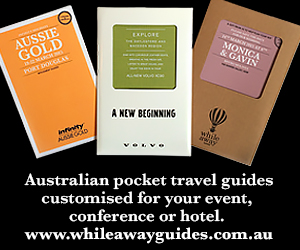I was strolling the narrow streets of Coron Town, Philippines, when a late-afternoon thunderstorm blew in from the sea. The tropical deluge forced me to run up a set of ramshackle stairs off the main square, to take shelter in a tiny wooden-framed restaurant. It proved to be an excellent decision.
From my first-floor seat on the covered balcony, I watched motorised tricycles scud by through the downpour, and ordered an ice-cold San Miguel Light, one of the country’s most popular brews, followed by another. Then came fried calamari along with a delicious green chicken and coconut curry. When the rain stopped and the bill eventually arrived, I forked out the equivalent of AUD 8 for my meal and all the drinks. “Come again tomorrow,” said the restaurateur, Malou, with a gap-toothed smile.
 The affability of the people and value for money are among the most notable attributes of this place, a coastal settlement flanked by the green karst mountains of Busuanga Island north of the larger isle, Palawan.
The affability of the people and value for money are among the most notable attributes of this place, a coastal settlement flanked by the green karst mountains of Busuanga Island north of the larger isle, Palawan.
With a scattering of hotels and island resorts, relatively few tourists and pristine beaches and coral atolls providing some of the best diving and boating opportunities in the Philippines, undeveloped Coron Town and the surrounding Calamian archipelago may represent some of the great incentive trip surprises of the Western Pacific.
That may change of course, with Palawan having been named best island in the world by Conde Nast Traveler fairly recently. Meanwhile bargains for incentive groups – and brilliant experiences – await those prepared to hop on one of the daily 50-minute flights to Busuanga from Manila. (Starting from about AUD 150 for each leg on local airline Skyjet, for example. Cebu Pacific and Philippine Airlines also fly this route).
An essential part of a visitor’s itinerary should be an island-hopping day trip from Coron Town to nearby beaches, inlets and reefs. The guided tours invariably take place via native, double-outrigger bangka boats, and start from the wharf on the town foreshore. I paid roughly AUD 35, which included the tour, lunch and refreshments.
 Tours typically include visits to seven or eight spots, diving and snorkelling onto the remains of a merchant ship in shallow water – the area is also renowned for WW2 wreck diving – lunch on an icing-sugar beach and a climb up, and down, to Kayangan Lake, a body of clear blue water set in a “hole” of its own among steep, heavily wooded hills and cliffs.
Tours typically include visits to seven or eight spots, diving and snorkelling onto the remains of a merchant ship in shallow water – the area is also renowned for WW2 wreck diving – lunch on an icing-sugar beach and a climb up, and down, to Kayangan Lake, a body of clear blue water set in a “hole” of its own among steep, heavily wooded hills and cliffs.
Here’s a typical online comment about one of the island resorts in the area: “It’s like you died and woke up in beach heaven . . . the sand is talc and the water is crystal clear. . .”
While isolated luxury resorts in this region, like Huma Island (www.humaisland.com) are brilliant incentive destinations in their own right, one hotel, the 80-room Westown, pictured above, stands out as a meetings destination close to restaurants and shops in Coron Town.
With four-star-standard rooms with great views, three swimming pools, a spa, bars and restaurant, the Westown is a five-minute trike ride from the town centre. It has three main meeting venues and rates are extraordinarily low. For example one package that includes use of a venue for 20 people for three hours, waiter service, sound system equipment and a plated three-course lunch starts at PHP 400 (about AUD 12) per person. Rates for the well-air-conditioned, spacious rooms start at around AUD 115 per night.
 Busuanga has great venues and outdoor experiences, representing fantastic value – as do so many of the 7,107 islands of the Philippines, where almost everyone speaks English and domestic carriers serve dozens of routes. More info:
Busuanga has great venues and outdoor experiences, representing fantastic value – as do so many of the 7,107 islands of the Philippines, where almost everyone speaks English and domestic carriers serve dozens of routes. More info:
coronwestownresort@yahoo.com.ph

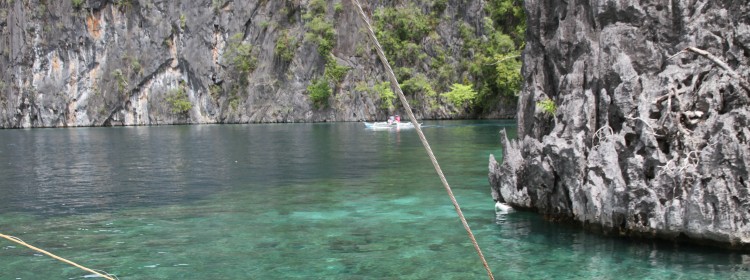

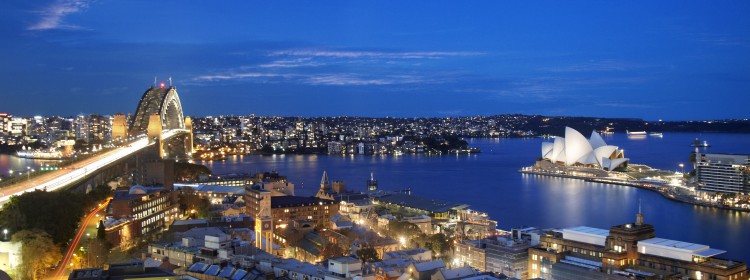
 Every operator will say this of course, but this hotel has a highly experienced on-site events team led by a respected professional, and the cheerfulness of obliging employees is evident from the moment you step into the marble-floored lobby.
Every operator will say this of course, but this hotel has a highly experienced on-site events team led by a respected professional, and the cheerfulness of obliging employees is evident from the moment you step into the marble-floored lobby. That could be, for example, climbing the bridge together, sunset sailing while harbour island hopping, enjoying views of the city from a helicopter and so on.”
That could be, for example, climbing the bridge together, sunset sailing while harbour island hopping, enjoying views of the city from a helicopter and so on.” “Our repeat business is a testament to our ability to meet clients’ needs,” says Paul McMurray. (Indeed with the power of social media these days, the hotel’s operators recognise that having clients as ambassadors is critical. Moreover the Sydney hotel gets mostly fulsome reviews on TripAdvisor and elsewhere).
“Our repeat business is a testament to our ability to meet clients’ needs,” says Paul McMurray. (Indeed with the power of social media these days, the hotel’s operators recognise that having clients as ambassadors is critical. Moreover the Sydney hotel gets mostly fulsome reviews on TripAdvisor and elsewhere).
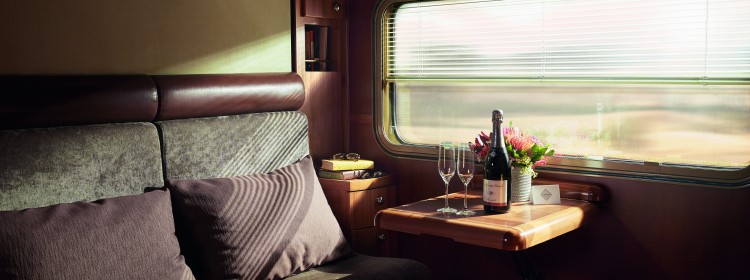
 Your three-course meal includes kangaroo steaks, saltwater barramundi and a rich Australian shiraz. Later, when you retire to your private cabin, a marvel of comfort and compaction, looking forward to an exciting few days of exploration ahead, you fall asleep easily to the rattle and sway of the train.
Your three-course meal includes kangaroo steaks, saltwater barramundi and a rich Australian shiraz. Later, when you retire to your private cabin, a marvel of comfort and compaction, looking forward to an exciting few days of exploration ahead, you fall asleep easily to the rattle and sway of the train.
 DAY FOUR
DAY FOUR
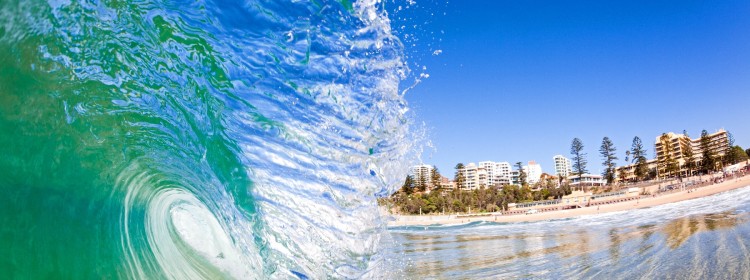

 There’s much else to do in Wollongong and surrounds as well, Rachael points out, from adventure sports like sky-diving, winery tours and golf at beautiful courses nearby.
There’s much else to do in Wollongong and surrounds as well, Rachael points out, from adventure sports like sky-diving, winery tours and golf at beautiful courses nearby.
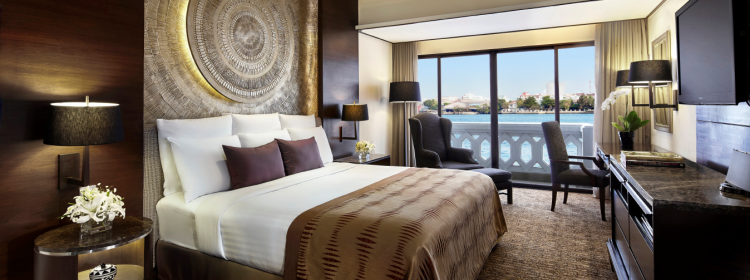
 Paul Counihan (pictured) should know. The engaging, effervescent 36-year-old is a career hotelier who admits to having started pulling pints when he was 14 years old in his native Ireland.
Paul Counihan (pictured) should know. The engaging, effervescent 36-year-old is a career hotelier who admits to having started pulling pints when he was 14 years old in his native Ireland. Another key reason for his property’s – and Thailand’s – success as a MICE destination is price, Paul observes. The feedback he and colleagues are getting from clients in Australia, Singapore and elsewhere is that with the current economic and political uncertainty in the world, organisers are seeking to cut costs, while wanting to reward their people with great incentives at the same time.
Another key reason for his property’s – and Thailand’s – success as a MICE destination is price, Paul observes. The feedback he and colleagues are getting from clients in Australia, Singapore and elsewhere is that with the current economic and political uncertainty in the world, organisers are seeking to cut costs, while wanting to reward their people with great incentives at the same time. “We’re seeing more quoting up against other international cities than ever before,” Paul says.
“We’re seeing more quoting up against other international cities than ever before,” Paul says.

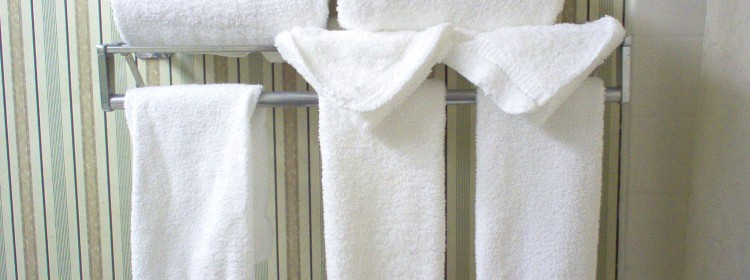
 Such practices, including a sign that reads “save the planet: re-use towels,” coupled with claims of corporate social responsibility, have soiled the trust of American consumers who are increasingly recognising hotels’ green claims may be self-serving, it says.
Such practices, including a sign that reads “save the planet: re-use towels,” coupled with claims of corporate social responsibility, have soiled the trust of American consumers who are increasingly recognising hotels’ green claims may be self-serving, it says.
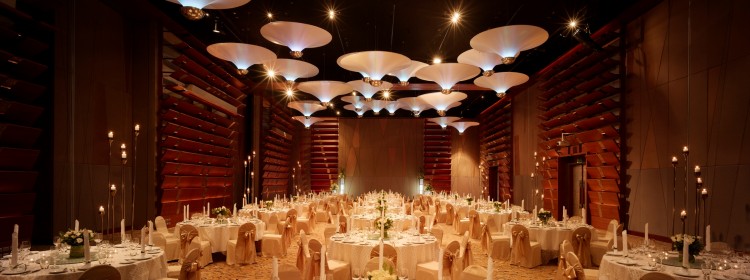
 “Staying in this kind of atmosphere, with a view of the river and its life is something visitors don’t usually find in other hotels in the city,” says Heidi. “European MICE clients coming to Bangkok tell me they prefer this kind of experience to the shopping-mall set-up they see elsewhere. That may be on reason our occupancies are so good.”
“Staying in this kind of atmosphere, with a view of the river and its life is something visitors don’t usually find in other hotels in the city,” says Heidi. “European MICE clients coming to Bangkok tell me they prefer this kind of experience to the shopping-mall set-up they see elsewhere. That may be on reason our occupancies are so good.”
 “It’s about flexibility and how willing you are to make the impossible happen,” Heidi says. “Our attitude is of course we can do it. How we’ll do it is our problem.”
“It’s about flexibility and how willing you are to make the impossible happen,” Heidi says. “Our attitude is of course we can do it. How we’ll do it is our problem.”
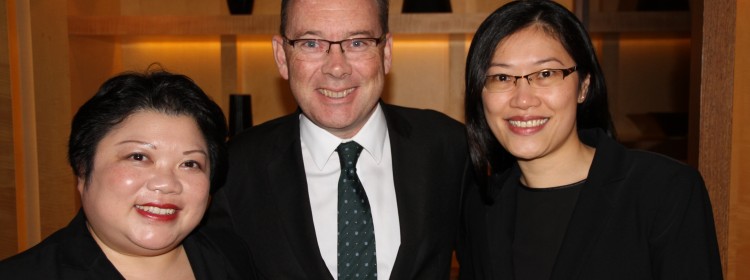
 It’s also why the very upmarket five-star Hyatt Regency in Tsim Sha Tsui, set among the towering skyscrapers of the Kowloon Peninsula, has a strategy to keep its staff happy and motivated. It’s the most effective way to ensure guests get what they need, when they want it.
It’s also why the very upmarket five-star Hyatt Regency in Tsim Sha Tsui, set among the towering skyscrapers of the Kowloon Peninsula, has a strategy to keep its staff happy and motivated. It’s the most effective way to ensure guests get what they need, when they want it. Classily furnished
Classily furnished Green initiatives
Green initiatives

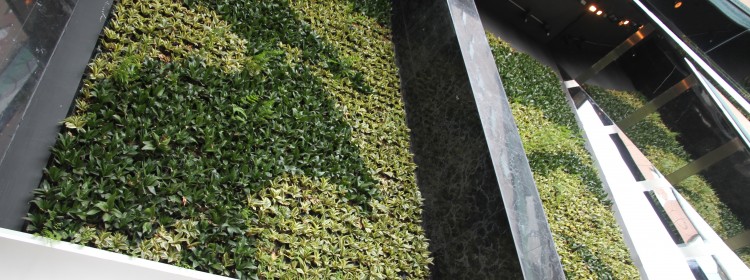
 The autonomous Chinese territory is one of the most densely populated places on the planet. Yet, in addition to its other virtues, more local operators are promoting the fact that about three-quarters of it is countryside, with easily accessible walking trails and islands.
The autonomous Chinese territory is one of the most densely populated places on the planet. Yet, in addition to its other virtues, more local operators are promoting the fact that about three-quarters of it is countryside, with easily accessible walking trails and islands. “Waste in a small territory like Hong Kong [1,100 square kilometres] is a big concern,” says Katrina. “It’s becoming an issue for hotel guests and MICE clients in particular expect us to acknowledge and do something about it.”
“Waste in a small territory like Hong Kong [1,100 square kilometres] is a big concern,” says Katrina. “It’s becoming an issue for hotel guests and MICE clients in particular expect us to acknowledge and do something about it.” “We’re in a great location three minutes’ walk from the Jordan subway station in Kowloon, which tends to offer a more authentic Hong Kong experience than Hong Kong Island which is more commercialised,” says Erica.
“We’re in a great location three minutes’ walk from the Jordan subway station in Kowloon, which tends to offer a more authentic Hong Kong experience than Hong Kong Island which is more commercialised,” says Erica. Another drawcard, according to local journalist Yonden Lhatoo, writing in the South China Morning Post, is that Hong Kong is the safest city in the world, with a good, corruption-free police force. “The can-do spirit is for real,” he says.
Another drawcard, according to local journalist Yonden Lhatoo, writing in the South China Morning Post, is that Hong Kong is the safest city in the world, with a good, corruption-free police force. “The can-do spirit is for real,” he says.
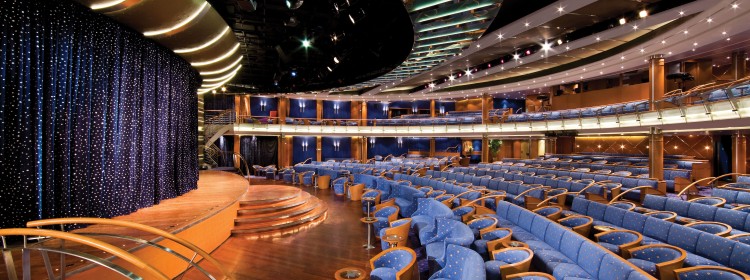


 Over the years, we’ve established relationships with cruise lines and suppliers, and we have lots of creative ideas for customised experiences. We’re based in South Florida, widely known as being the cruise capital of the world, so we can inspect many ships and meet face-to-face with line executives on behalf of our clients.
Over the years, we’ve established relationships with cruise lines and suppliers, and we have lots of creative ideas for customised experiences. We’re based in South Florida, widely known as being the cruise capital of the world, so we can inspect many ships and meet face-to-face with line executives on behalf of our clients.

